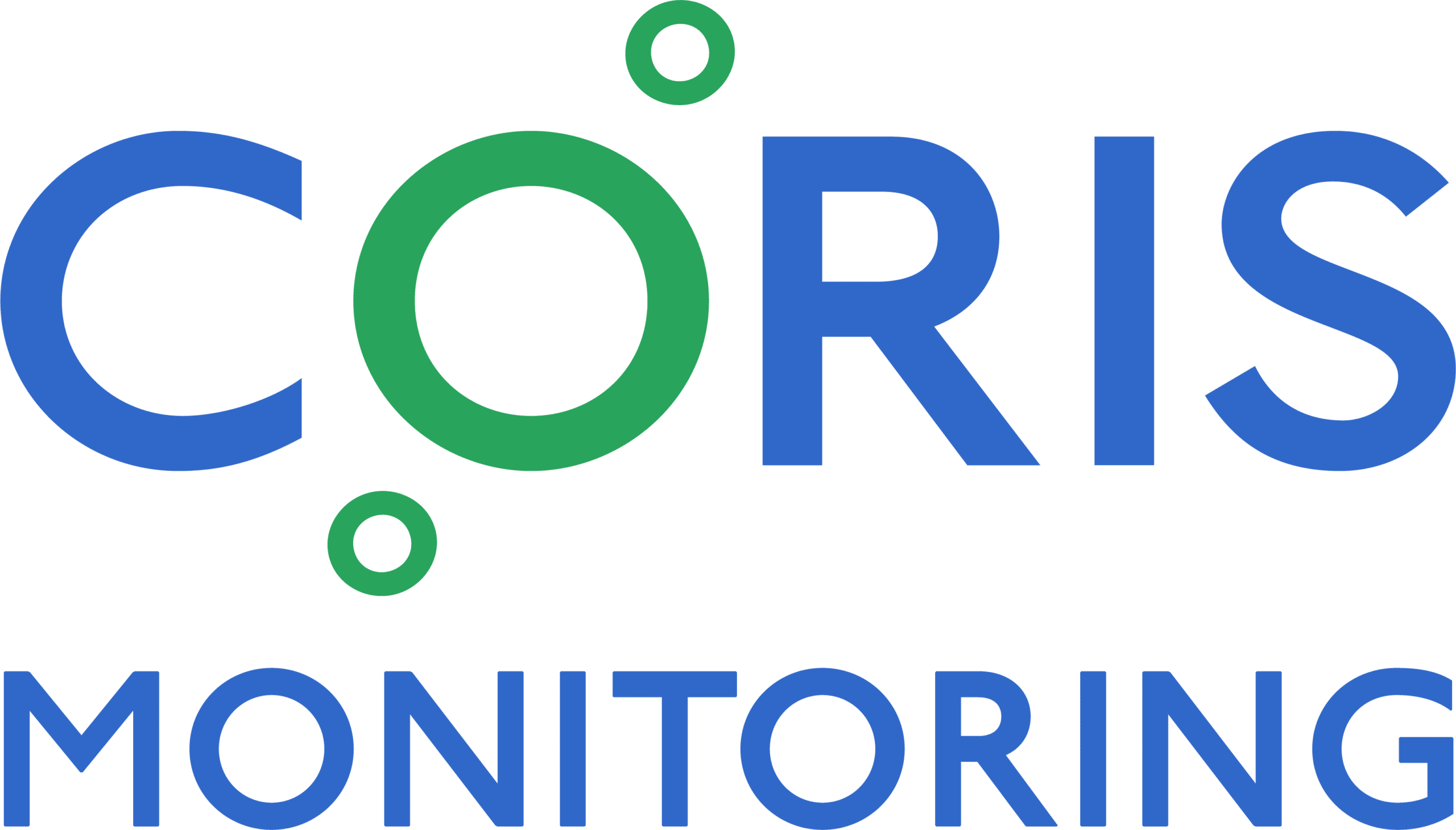In the laboratory environment, maintaining precise temperature control in cold storage systems is critical. After all, fluctuations in temperature can compromise the integrity, stability and efficacy of laboratory specimens and samples — some of which cannot be replaced. Any mishaps in the storage and handling of temperature-sensitive materials inside laboratory walls also raises concerns from a regulatory compliance standpoint.
With that being said, an investment in a laboratory temperature monitoring system simply makes sense. By continuously monitoring temperature levels in cold storage units, laboratory personnel have a proactive way to detect and mitigate temperature fluctuations that move outside a predefined range. While preventing costly loss, the laboratory has an audit trail of temperature data that contributes to meeting strict quality standards and any regulatory requirements. It’s the most efficient, effective way to safeguard laboratory assets and operations.
If you’ve already made the decision to invest in laboratory temperature monitoring systems, you’ve probably noticed that there are a plethora of options available to you — and we understand that can be overwhelming. That’s why we’ve put together a resource to help you navigate this decision. We’ve outlined some key considerations below.
Wide Temperature Range Coverage
A laboratory temperature monitoring system should be capable of monitoring a wide temperature range. Ideally, this could range anywhere from -250℃ to +250℃. Having a system that offers temperature monitoring capabilities across various types of cold storage units, incubators or ovens makes it easier to scale up system use in the future.
Real-Time Monitoring Capabilities
In most labs, there is a four-to-six hour window after a freezer failure for personnel to locate spare freezer space and move specimens before they’re compromised, or add dry ice to a failed ULT freezer as a temporary measure. To this end, it’s important for a laboratory temperature monitoring system to detect and report temperature deviations immediately. That way, staff can intervene as fast as possible.
Remote Monitoring Accessibility
Temperature failures in laboratories can occur at any time of day, on any day of the week. Remote access to temperature data and alerts ensures staff can maintain oversight of their lab environment when they’re off-site or outside of regular working hours. It’s a flexible and convenient way for them to stay informed and take action when needed.

Reliable Connectivity
The communication between temperature sensors and a lab monitoring system should be seamless. While Wi-Fi offers one connectivity solution, LoRa wireless is notably more reliable as it lets sensors transmit data over longer distances and more easily penetrate walls and other obstacles. Wi-Fi, on the other hand, is more prone to interference and signal degradation that interrupt communications for laboratory temperature monitoring systems.
Comprehensive Data Logging
Selecting a lab temperature monitoring system with comprehensive data logging supports accurate records for analysis while ensuring compliance with the CDC, FDA or other regulatory agencies. There’s value in being able to permanently store this data on a vendor’s servers, as it provides secure storage without taking up local server space or requiring maintenance on your end.
Customizable Alerts
Laboratory personnel have their own preferred way of receiving communications — whether that’s through phone calls, emails or text messages. Customizable alerts allow you to cater to these notification preferences while also aligning with the severity of the temperature issue at hand. These alerts can help laboratories prioritize their response to minimize damage and loss.

Problem Escalation
If a laboratory freezer is having problems maintaining the proper temperature, it is helpful to be notified as the temperature climbs above additional thresholds. An escalation system is also a helpful gauge in differentiating between worsening problems that require immediate attention, versus those that just need to be carefully monitored.
Back-Up Operations
Power outages can occur in laboratories for a number of reasons, from severe weather events to maintenance issues. When outages happen, it’s important that a lab temperature monitoring system can continue to record temperature data during the outage to account for the safety of samples and specimens. Integrated battery backup systems offer a reliable resource.
A User-Friendly Interface
For a lab temperature monitoring system to be effective, it needs to be intuitive for personnel to use. Look for a system with an easy-to-use interface that requires little training to get up and running on. Less of a system learning curve translates into faster response times from staff, fewer chances for misunderstandings or errors, and improved user satisfaction.
Invest in the Ideal Laboratory Temperature Monitoring System
Choosing the right lab temperature monitoring system requires careful consideration. By opting for a system that meets all the above criteria, you’ll have an effective way to protect your assets while maintaining the highest standards of quality and compliance.
In CORIS, you’ll find a temperature monitoring system that checks all the right boxes. It’s why laboratories across the country trust the safety of their assets in our remote monitoring systems. Contact us today to learn more about our state-of-the-art system and how we can support your lab operations.





